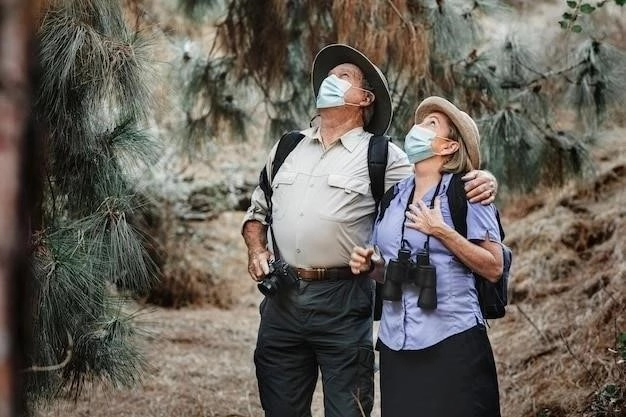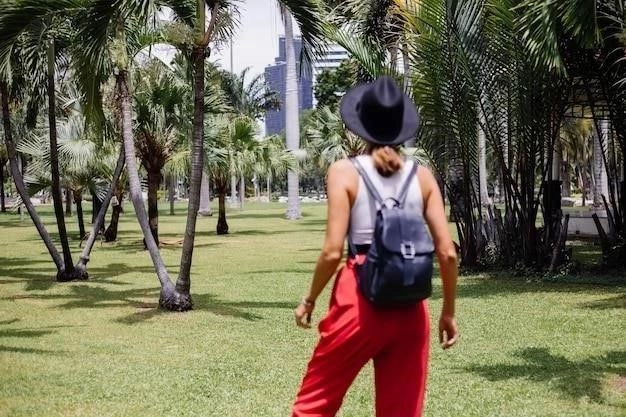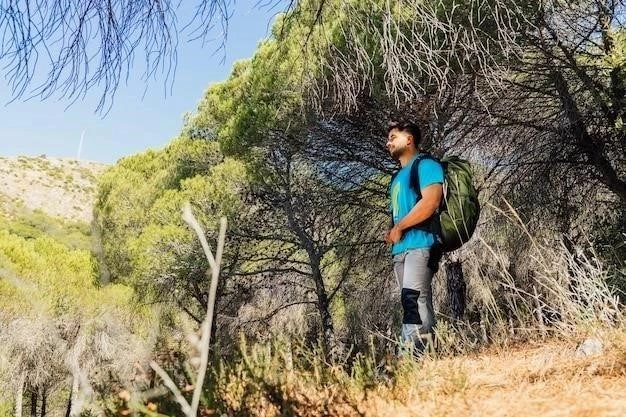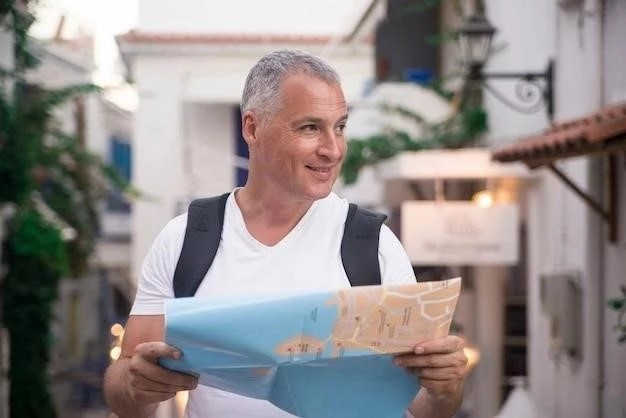Untouched by mass tourism, Bangladesh offers diverse landscapes, heritage monuments and a warm and welcoming population. Discover the enchanting fusion of nature, history, and culture.
Introduction

Bangladesh, a land of captivating beauty and rich cultural heritage, beckons travelers with its unique blend of natural wonders, historical treasures, and warm hospitality. Nestled in the fertile delta of the Ganges and Brahmaputra rivers, this South Asian nation offers a captivating tapestry of experiences for discerning explorers.
From the world’s longest sea beach at Cox’s Bazar to the captivating mangrove forests of the Sundarbans, Bangladesh is a paradise for nature enthusiasts. Discover ancient archaeological sites, vibrant cities brimming with life, and serene countryside dotted with tea gardens and picturesque villages. Immerse yourself in the vibrant culture, where ancient traditions blend seamlessly with modern influences.
This travel guide will provide comprehensive information and inspiration to plan an unforgettable journey through Bangladesh. Discover the best time to visit, visa requirements, transportation options, and delve into the must-see destinations and hidden gems that await. Embark on a culinary adventure, savor the flavors of Bangladeshi cuisine, and gain valuable insights into health and safety tips. Let Bangladesh captivate your senses and leave an indelible mark on your travel memories.
Best Time to Visit Bangladesh
Bangladesh experiences a tropical monsoon climate with distinct seasons, each offering a unique perspective on its natural beauty and cultural events. The optimal time to visit Bangladesh is generally during the cooler and drier months, spanning from October to March.
During this period, the weather is pleasantly mild, with average temperatures ranging from 15°C to 25°C (59°F to 77°F). Humidity levels are relatively lower, making it ideal for outdoor exploration. This season is perfect for visiting the beaches of Cox’s Bazar, exploring the Sundarbans mangrove forest, or immersing yourself in the vibrant cultural festivities of Durga Puja in October.

The monsoon season, from June to September, brings heavy rainfall, which can sometimes disrupt travel plans. However, this season transforms the landscape into a lush green paradise, and the rivers swell, offering a unique perspective on the country’s waterways.
It’s worth noting that Bangladesh can be hot and humid from April to May, with temperatures soaring above 30°C (86°F). While this period is less ideal for extensive sightseeing, it can be a good time to experience the vibrant markets and indulge in the local cuisine.
Visa Requirements and Entry Formalities
To ensure a smooth and hassle-free entry into Bangladesh, it is essential to familiarize yourself with the visa requirements and entry formalities well in advance of your trip.
Visa Requirements: Citizens of most countries require a visa to enter Bangladesh. It is advisable to contact the nearest Bangladesh embassy or consulate in your home country to determine the specific visa requirements based on your nationality and purpose of visit.
Tourist Visas: Tourist visas are typically granted for a specific period, usually 30 or 90 days, and can be obtained either on arrival at designated ports of entry or in advance from a Bangladesh embassy or consulate. To apply for a tourist visa, you will generally need a valid passport with at least six months of remaining validity, a completed visa application form, recent passport-sized photographs, and proof of onward travel arrangements.
Visa Extensions: If you wish to extend your stay in Bangladesh, you can apply for a visa extension at the Department of Immigration and Passports in Dhaka or other designated regional offices. It is recommended to initiate the extension process well before your current visa expires.
Getting Around Bangladesh: Transportation Options
Navigating Bangladesh’s diverse landscape is an adventure in itself, with a range of transportation options catering to different budgets and preferences. Whether you prefer to travel by air, road, or water, Bangladesh offers a unique and memorable journey.
By Air: Domestic air travel is a convenient option for covering longer distances within Bangladesh. Hazrat Shahjalal International Airport (DAC) in Dhaka serves as the main international gateway, with regular flights connecting major cities and towns across the country. Several domestic airlines operate flights to destinations such as Chittagong, Sylhet, Cox’s Bazar, and Jessore.
By Road: Bangladesh has an extensive road network, offering a cost-effective and immersive way to explore the country. Buses are the most common mode of road transport, ranging from local buses to comfortable long-distance coaches. For shorter distances or within cities, auto-rickshaws (CNGs), and cycle rickshaws are readily available and provide a unique glimpse into local life.
Dhaka: The Vibrant Capital City
Dhaka, the bustling capital of Bangladesh, is a city of contrasts, where ancient history intertwines with modern aspirations. Located on the banks of the Buriganga River, Dhaka is a vibrant tapestry of culture, commerce, and chaotic beauty.

Explore the historic Mughal-era old city, with its narrow lanes, bustling bazaars, and architectural marvels such as the Lalbagh Fort, Ahsan Manzil (Pink Palace), and the Star Mosque (Tara Masjid). Experience the spiritual heart of the city at the Dhakeshwari Temple, a revered Hindu temple dedicated to the goddess Durga.
Discover the vibrant street life of Dhaka, from the colorful rickshaw-filled streets to the bustling markets overflowing with exotic spices, textiles, and local crafts. Indulge in the culinary delights of Bangladeshi cuisine, savor traditional sweets, and experience the warmth and hospitality of the Dhaka’s people.
Despite its chaotic charm, Dhaka offers a glimpse into the heart and soul of Bangladesh, where tradition and modernity collide in a symphony of sights, sounds, and experiences.
5.1. Historical Attractions in Dhaka
Dhaka, a city steeped in history, boasts a treasure trove of architectural marvels and ancient sites that narrate the tales of its glorious past. Step back in time and explore these captivating historical attractions:
Lalbagh Fort: A magnificent Mughal fort dating back to the 17th century, Lalbagh Fort stands as a testament to the grandeur of the Mughal era. Explore its impressive structures, including the tomb of Pari Bibi, the Diwan-i-Aam (Hall of Public Audience), and the picturesque gardens.
Ahsan Manzil (Pink Palace): Once the residence of the Nawabs of Dhaka, the Ahsan Manzil is a stunning example of Indo-European architecture. Admire its distinctive pink exterior and explore the museum housed within, which showcases the opulent lifestyle of the Nawabs.
Star Mosque (Tara Masjid): Be mesmerized by the intricate mosaic designs adorning the Star Mosque. This 18th-century mosque derives its name from the star-shaped patterns that embellish its exterior, showcasing the exquisite craftsmanship of Mughal architecture.
5.2. Cultural Experiences in Dhaka

Dhaka’s vibrant cultural scene offers a captivating immersion into the heart and soul of Bangladesh. From traditional music and dance performances to bustling markets and culinary delights, Dhaka is a sensory feast for cultural enthusiasts.
Immerse Yourself in Music and Dance: Experience the rich heritage of Bangladeshi music and dance at cultural centers such as the Chhayanaut and the Bangladesh Shilpakala Academy. Witness captivating performances of classical music, folk songs, and traditional dances that have been passed down through generations.
Explore Bustling Markets: Delve into the vibrant atmosphere of Dhaka’s bustling markets, such as the Sadarghat River Port and the New Market. Navigate through the labyrinthine alleys, brimming with colorful textiles, aromatic spices, fresh produce, and local handicrafts. Engage in friendly bargaining and experience the vibrancy of daily life in Dhaka.
Cox’s Bazar: The World’s Longest Sea Beach
Stretching over 120 kilometers along the Bay of Bengal, Cox’s Bazar boasts the coveted title of the world’s longest natural sea beach. Its golden sands, azure waters, and gentle breeze create an idyllic setting for relaxation and adventure.
Embrace the Sun, Sand, and Surf: Spend your days basking in the warm glow of the sun, strolling along the seemingly endless shoreline, and taking refreshing dips in the inviting waters of the Bay of Bengal. Try your hand at surfing, jet-skiing, or simply unwind and soak up the tranquil ambiance.
Explore the Cultural Enclaves: Venture beyond the beach to discover the cultural richness of Cox’s Bazar. Visit the vibrant local markets, where you can find unique handicrafts, traditional clothing, and fresh seafood. Explore the ancient Buddhist temple of Aggmeda Khyang, a testament to the region’s historical significance.
Witness the Turtle Hatching Season: If you visit between November and February, you might witness the magical sight of sea turtles nesting and hatching on the beaches of Cox’s Bazar. Join a guided tour to witness this natural wonder while respecting the delicate ecosystem.
The Sundarbans: Exploring the Mangrove Forest

Embark on an unforgettable adventure into the heart of the Sundarbans, a UNESCO World Heritage Site and the largest mangrove forest in the world. This sprawling labyrinth of waterways, islands, and dense vegetation is a sanctuary of biodiversity and a testament to the power of nature.
Cruise Through Mangrove Tunnels: Embark on a boat safari and navigate through the intricate network of rivers and canals, shaded by a canopy of mangrove trees. Witness the captivating interplay of light and shadow as you glide through this enchanting ecosystem.
Encounter Unique Wildlife: The Sundarbans is home to a remarkable array of wildlife, including the elusive Bengal tiger, spotted deer, saltwater crocodiles, and numerous bird species. Keep your eyes peeled for glimpses of these fascinating creatures in their natural habitat.
Experience Village Life on the Edge: Discover the resilient communities that call the Sundarbans home. Visit local villages, interact with the friendly villagers, and gain insights into their unique way of life, intertwined with the rhythms of the forest.
Srimangal: The Tea Capital of Bangladesh
Escape to the serene hills of Srimangal, nestled in the Sylhet Division, and immerse yourself in the lush greenery of Bangladesh’s tea country. Known as the “Tea Capital of Bangladesh,” Srimangal offers a tranquil retreat amidst rolling tea gardens, verdant forests, and captivating waterfalls.
Stroll Through Emerald Green Tea Gardens: Witness the captivating beauty of sprawling tea gardens that blanket the hillsides of Srimangal. Take a leisurely stroll amidst rows of neatly manicured tea plants, learn about the tea-making process, and savor a cup of freshly brewed Ceylon tea.
Explore Nature’s Wonders: Discover the natural treasures that surround Srimangal. Visit the serene Madhabpur Lake, surrounded by tropical rainforests, and embark on a boat ride to witness the diverse birdlife. Hike through the lush forests of Lawachara National Park, home to a variety of wildlife, including hoolock gibbons and barking deer.
Experience Tribal Culture: Srimangal is also home to indigenous communities, such as the Khasi and Manipuri tribes, who have preserved their unique traditions and way of life. Visit their villages, interact with the locals, and gain insights into their rich cultural heritage.
Accommodation: From Budget to Luxury
Bangladesh offers a wide range of accommodation options to suit every budget and preference, ensuring a comfortable and enjoyable stay for every traveler. From budget-friendly guesthouses to luxurious hotels, you’ll find a place to rest and rejuvenate after your adventures.

Luxury Hotels: For a touch of opulence, Dhaka and Chittagong offer a selection of international-standard hotels, boasting world-class amenities, impeccable service, and stunning views. Indulge in luxurious accommodations, fine dining experiences, and state-of-the-art facilities.
Mid-Range Hotels and Resorts: Numerous mid-range hotels and resorts cater to travelers seeking comfort and convenience at reasonable prices. These establishments provide a comfortable stay with amenities such as air conditioning, Wi-Fi, and on-site restaurants.
Budget Guesthouses and Homestays: For budget-conscious travelers or those seeking a more authentic local experience, guesthouses and homestays offer affordable accommodations. These options provide basic amenities and the opportunity to immerse yourself in the local culture.
Food and Cuisine: A Culinary Journey
Embark on a tantalizing culinary journey through Bangladesh and savor the vibrant flavors of its rich culinary heritage. From aromatic curries to delicate fish dishes, Bangladeshi cuisine is a delightful fusion of spices, aromas, and textures that will tantalize your taste buds.
A Symphony of Spices: Bangladeshi cuisine is renowned for its generous use of spices, which infuse dishes with depth and complexity. Expect a harmonious blend of turmeric, cumin, coriander, ginger, garlic, and chili peppers, creating a symphony of flavors that dance on your palate.
Rice is King: Rice reigns supreme in Bangladeshi cuisine, forming the foundation of most meals. Whether steamed, fried, or cooked with lentils and spices, rice is a staple that complements the rich curries and flavorful dishes.
Freshwater Fish Delights: Bangladesh’s abundant rivers and waterways yield a wide variety of freshwater fish, which feature prominently in the local cuisine. From the iconic Hilsa fish, known for its delicate flavor, to the flavorful Rohu and Catla, fish lovers are in for a treat.
Health and Safety Tips for Travelers
To ensure a safe and healthy trip to Bangladesh, it’s essential to take necessary precautions and be mindful of your well-being. By following these health and safety tips, you can minimize risks and focus on enjoying your travel experience.
Health Precautions: Consult with your healthcare provider well in advance of your trip to receive recommended vaccinations and necessary medications. It’s advisable to carry a basic medical kit containing essential medicines for common ailments such as headaches, fever, and stomach upsets.
Food and Water Safety: Consume food and beverages from reputable sources to minimize the risk of foodborne illnesses. Opt for bottled water and avoid consuming ice unless you are certain it is made from purified water.
Personal Safety: Exercise caution with your belongings and be aware of your surroundings, particularly in crowded areas. It’s advisable to keep valuables secure and avoid displaying large amounts of cash. Respect local customs and traditions, and dress modestly, especially when visiting religious sites.











